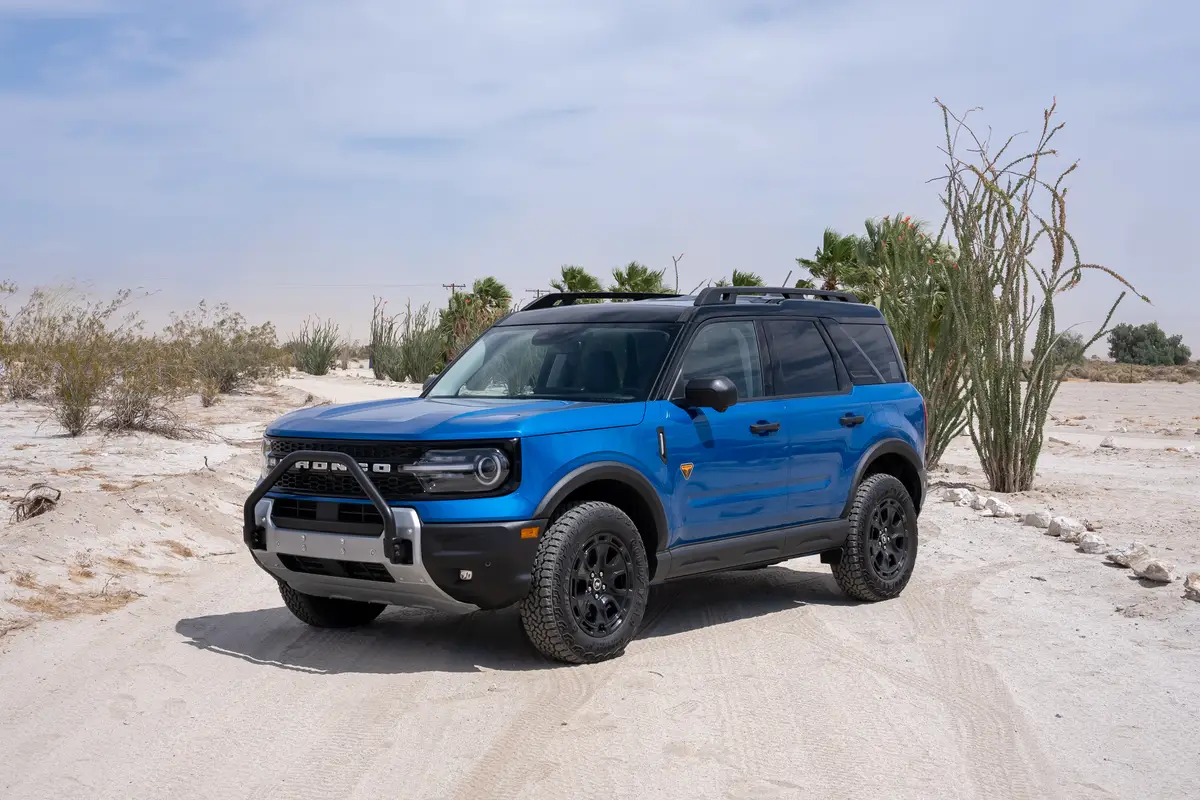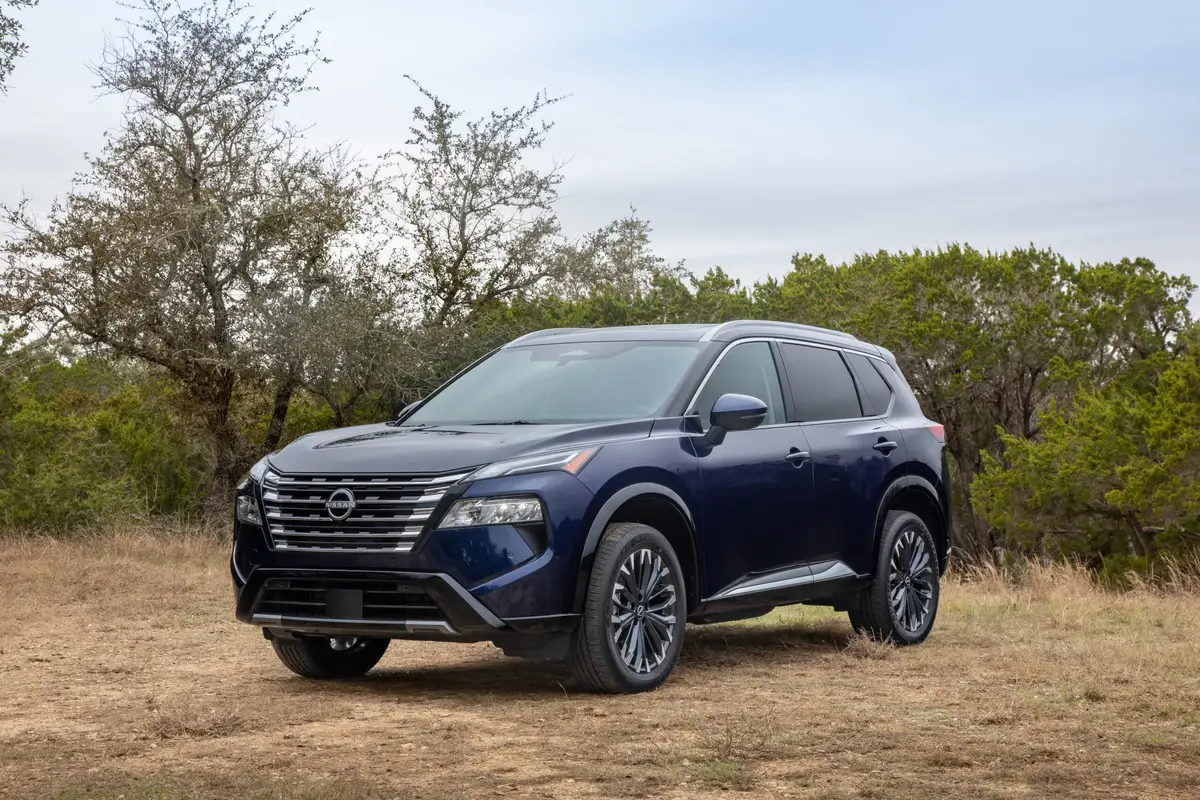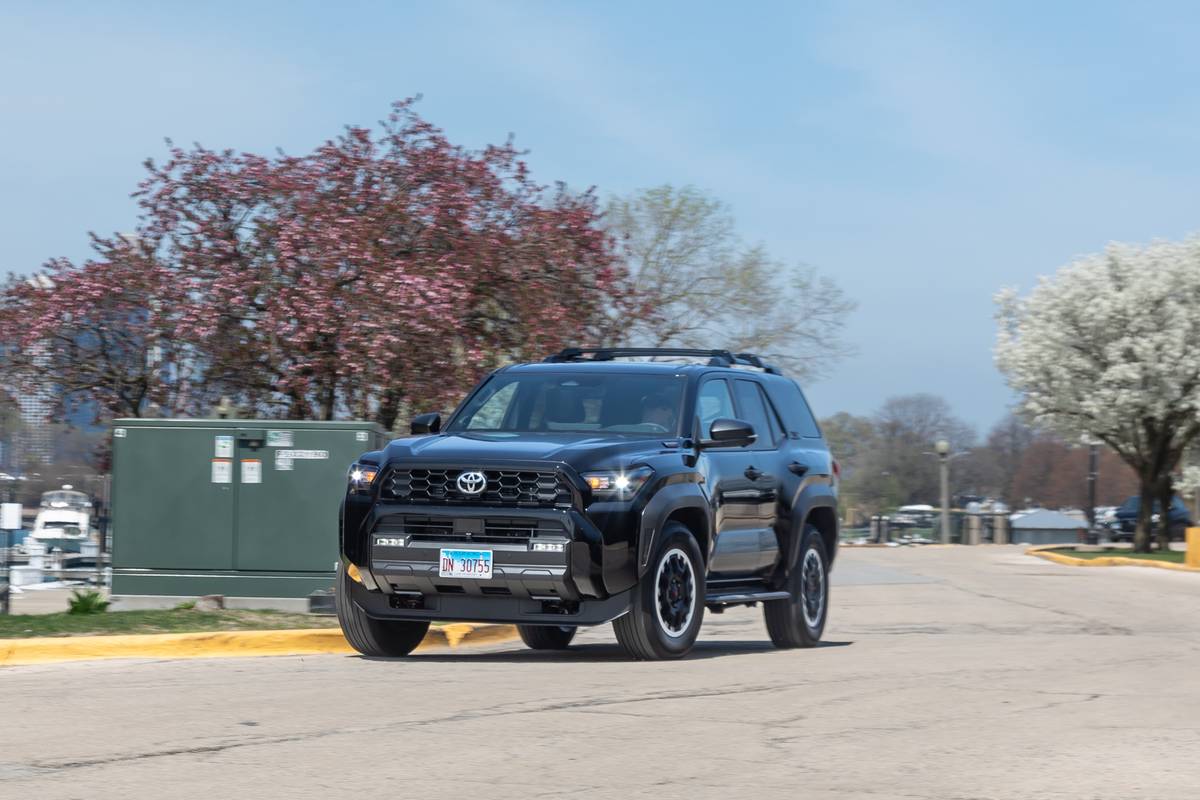The Morning Call and Mcall.com's view
Most manufacturers introduced their 1987 models last fall. Some even introduced them earlier. There definitely has been a trend to push the market.But somehow Isuzu Motors never got the word. In fact, in February, this Japanese car and truck manufacturer just released its 1987 models. Talk about being laid-back.
Returning once again to the scene is Isuzu’s Trooper II, a four-wheeling utility vehicle that in its relatively short life span has gained a favorable reputation. Big and homely as ever, the Trooper II has a new grille on the outside, a new dash on the inside and wider axles underneath. The test car (supplied by Knopf Automotive, 3401 Lehigh St., Allentown) was a four-door model done up in bright red that definitely stood out in the crowd.
Although Isuzu is not exactly a household word in this country, it does have a long history in the automotive field. In fact, back in 1916, Isuzu’s predecessor, Tokyo Ishikawajima Shipbuilding and Engineering Co., Ltd., becamethe first auto manufacturer in Japan. And although it wasn’t until 1981 that the first cars and trucks bearing the Isuzu nameplate were sold in this country, Isuzu trucks were running around this country before that under the the Chevrolet name. This was the popular LUV (light utility vehicle) that was offered in both two- and four-wheel drive.
With all of this build-up, one might expect to see some super, sleek- looking, aerodynamic vehicle. Not quite. The Trooper II is the boxiest of all utility vehicles and it is quite apparent that Isuzu didn’t spend a lot of money in the design department on this one. (Just to show the company does have some sense of aesthetics, its Impulse sports car is one of the best- looking lower end sport cars on the market.) After awhile, the Trooper II starts looking a little better, but I think this is simply because it acts so well, one tends to think it is nice looking.
The box-like configuration, on the other hand, does provide a lot of interior space. With the optional rear seat, there’s room for five adults and all will have a good amount of space. Even with the rear seat in place, there’s 45.5 cubic feet of cargo space. Fold up the rear seat and there is 71.3 cubic feet. So, there is lot’s of room for people and luggage. And if it is equipped with the optional roof rack, anything that can’t fit inside can bestrapped to the roof.
Loading up all this cargo space proves to be easy because of the vehicle’s unusual rear door design. This is no tail-gate or lift-gate but swing-out cargo doors that are divided into two-thirds and one-third instead of halves. This design looks somewhat quaint but it certainly proved to be practical.
Dimensions for the four-door Trooper II include a wheelbase of 104.3 inches, length, 175.2 inches; width, 65 inches; height, 71.7 inches, and curb weight, 3,421 pounds. This makes the Trooper II rather tall and narrow. Nothing really wrong here – this is how most utility vehicles are shaped – butit does look top-heavy and tippy. And the standard utility vehicle warning on the sun visor about not zipping around corners or you’ll liable to roll over doesn’t help. But the test vehicle handled remarkably well for a utility vehicle and even though it was pushed over its limits on curves and cloverleaves at times, it held in there like, well, a trooper.
Despite its truck-like looks and characteristics, the Trooper II was at ease on limited access highways as well as dirt roads. The ride is much betterthan one would expect. Responsible for this is a well-designed suspension system that features independent, double-wishbone, torsion bars up front and semi-elliptical leaf rear suspension. The test vehicle did bounce a bit over rough roads but never exhibited any loss of control. And because of its high stance and large window area, the driver has a good command of the road and its surroundings.
The test vehicle was powered by a .3-liter/137-cubic-inch four-cylinder engine that provided adequate, though hardly dazzling performance. The engine,which is equipped with a two-barrel carburetor, is rated at 96 horsepower at 4,600 rpm and 123 foot pounds torque at 3,000 rpm. This really isn’t a big engine for a vehicle this size but by working the five-speed manual transmission properly, everything will work out. Fuel mileage proved decent with the test vehicle getting 15 miles per gallon for city driving and 22 mpg over the highway.
The optional engine is a 2.2-liter/136-cubic-inch turbo-diesel that is rated at 80 horsepower at 4,000 rpm and 128 foot pounds torque at 2,200 rpm.
Being a four-wheeler, the Trooper II struts it stuff in a storm. I almost didn’t get a chance to test its four-wheeling capability because of dry weather but the snow finally fell and I put it through its paces. No problem whatsoever. But, then, this is why people buy four by fours. To make things a little easier, automatic locking hubs are standard this year. This eliminates the need to go outside the vehicle when shifting into four-wheel drive. (For diehards, they may be deleted on Deluxe models if manual hubs are preferred.)
Now to the Trooper II’s best-selling feature – its price. Four-by-four utility vehicles do not come cheap but the Trooper II has a very competitive price. The four-door test vehicle had a base of $11,229 and this included a bunch of standard features and a nice level of trim. The test vehicle had a bottom line of $13,240, including an inland freight charge of $259. The most expensive option was the ”Bright Package” at $1,080 that featured chrome front and rear bumpers, bright windshield surround, bright drip rails, bright door handles, six-spoke aluminum wheels and a rear window wiper/washer/ defogger. Other options included the rear seat, $380; roof rack, $142; rear air deflector, $50; carpeted floor mats, $50 and spare tire cover, $50. The one option the test vehicle did not have was air conditioning. But even with air at $740, the price for a nicely equipped Trooper II would still be under $14,000.
Latest news


10 Biggest News Stories of the Week: Nissan Rogue Does Best; Hyundai Palisade, Subaru Outback FTW

